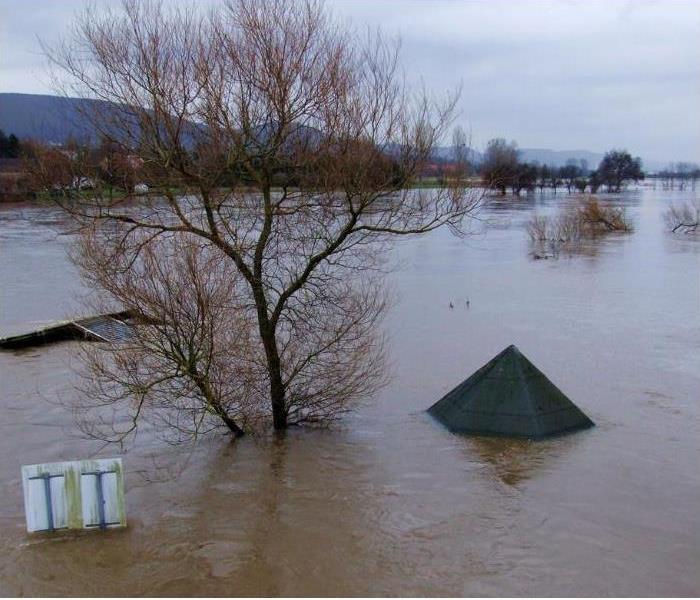How to Prepare for a Flood
9/28/2022 (Permalink)
SERVPRO of Denton knows It might seem like a lot of work up front, but you’ll never regret putting in the preparation to keep you and your family safe. So, how do you prepare for a flood? Flood safety checklists are a great place to start—and give you the peace of mind that you can handle whatever Mother Nature has to offer. For starters, look at these checklist essentials:
1. Set up a way to receive alerts and communicate without power.
Communication with your family and local authorities is vital in an emergency—but you can’t always count on working power to fuel those calls. Methods of ensuring your alerts and communication continue could include purchasing a generator or investing in walkie-talkies or battery-operated or texts. Consider ways to generate power or connect in non-traditional ways as a backup plan.
2. Determine an evacuation or shelter plan.
Based on the severity of the flood or flash flood, you may need to move to a shelter in your community or evacuate the area entirely. Create a plan for both scenarios:
- Evacuation
- Shelter
3. Prepare your home.
To reduce the amount of potential water damage to your home by a flood, here are a few helpful tasks you can add to your regularly scheduled house chores to help protect your home:
- Keep drains and gutters clear of debris
- Install check valves to allow for a consistent flow of fluid
- Purchase a sump pump for your basement or crawlspace
- Store valuables in locations a few feet off the ground
- Elevate all electrical wiring roughly two feet above standard flood levels
In addition to these tasks, take photos of your house to compare against potential future water damages. These images can help you in the restoration process and help ensure you receive the maximum financial support from your insurance plan.
4. Stock the proper emergency supplies.
How comprehensive is your emergency supply kit? Though it might take up more space in your cabinet than you’d prefer, these kits are a critical part of how to prepare for a flood and be prepared to evacuate. Make sure to use this flood safety checklist when stocking your emergency kit supplies:
- Waterproof containers to hold valuables or documents
- Non-perishable food and water to last a minimum of three days
- First-aid kit including a 7-day supply of medications needed
- Non-digital communication tools (i.e., whistles or flares)
- Portable power banks, wall chargers and car chargers
- Car battery charger
- Flashlight and extra batteries
- Necessary documentation (i.e., area map, flood insurance policy, a hard copy of your flood preparedness checklist, etc.)
- Copies of important documents
- Rain gear and extra clothing
- Cash and a form of personal identification
- Cameras for photos of any flood damage
Other supplies not included on this list may be essential for your family. As a rule of thumb, it’s always better to be over-prepared, so build your kit as needed.
5. Prepare your vehicle appropriately.
Close all windows or sunroof panels for vehicles that are not in use or would be left behind in the event of an emergency. Inspect the doors to ensure they are air-tight and create a temporary seal with duct tape on the exhaust pipe.





 24/7 Emergency Service
24/7 Emergency Service
